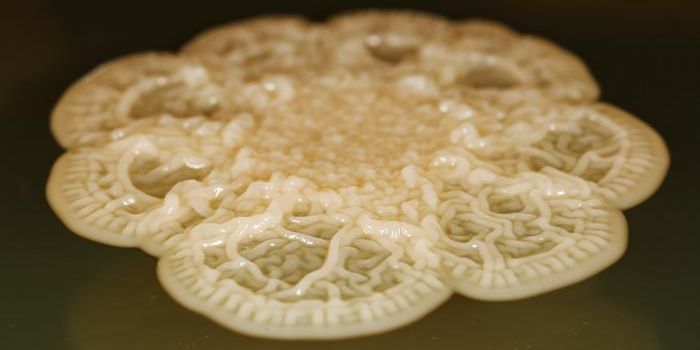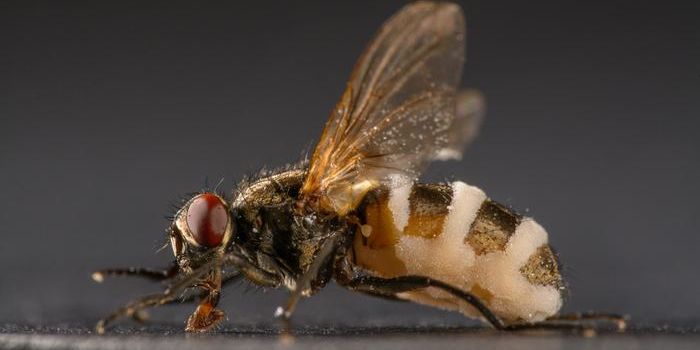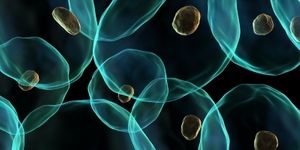The CRISPR/Cas9 gene editing system was developed in 2014 and has since had a huge impact on research in molecular biology. The tool harnesses the bacterial immune system as a way to make small alterations in the genetic code. New research done at the University of Otago in New Zealand and in the Netherlands has revealed new details about this dynamic and intriguing system.
Bacteria are exposed to many dangerous invaders challenges and due to a phenomenon called horizontal gene transfer; it’s easy for them to acquire new bits of DNA. About half of bacteria have the versatile CRISPR/Cas immune system, as do many single celled microbes of archaea. This immunity has its own kind of memory, one based on pieces of DNA from foreign sources like viruses. Segments of that foreign DNA (spacers) are stored in the CRISPR (clustered regularly interspaced short palindromic repeats) memory bank, as seen in the video above.
This team has shown previously that plasmids and viruses can avoid detection by mutating their own DNA. The bacterial CRISPR/Cas system is able to respond to that versatility by updating the immunological memory, in a process called primed adaptation.
Reporting in Nature Communications, senior author Peter Fineran and his research team sought to determine how the new memories are chosen during the primed adaptation process. They utilized next generation sequencing and computational tools.
"We infected the bacteria with plasmids not previously encountered, or with mutated plasmids triggering the primed adaptation response. By making use of the advances in next generation sequencing through New Zealand Genomics Ltd, we analyzed more than 20 million newly acquired spacers," explained Fineran, an Associate Professor at the University of Otago.
The investigators learned that memories were efficiently acquired from mutated plasmids; memories were not efficiently acquired however, from plasmids infected for the first time. The researchers used their observations on the order memories were made to build a model for primed adaptation.
"Examination of this order revealed that the origin of the first new memory had a remarkably strong influence on the origins of subsequent spacer selection," said study co-author, Dr Simon Jackson.
The scientists propose that the acquisition of new immunological memories is not restricted to the period of primed adaptation but also happens as a line of direct defense, working against genetic invaders that have not yet mutated to avoid recognition by the CRISPR-Cas system.
"We propose that during CRISPR-Cas mediated defense, new immunity is generated as part of a positive feedback loop. This further reduces the risk of plasmids or viruses evading the bacteria's CRISPR-Cas defenses through genetic mutations," concluded the first author of the study, Dr Raymond Staals.
The video above from the Narional Science Foundation explains how investigations into bacterial immunity led to the creation of CRISPR/Cas9 genome editing.
Sources: Phys.org via University of Otago, Nature Communications








